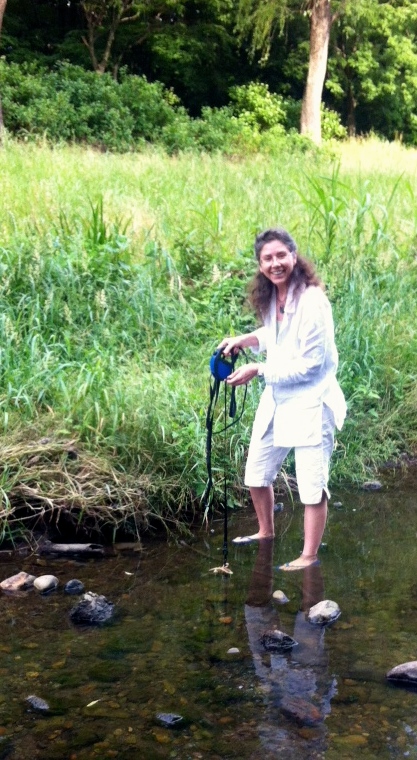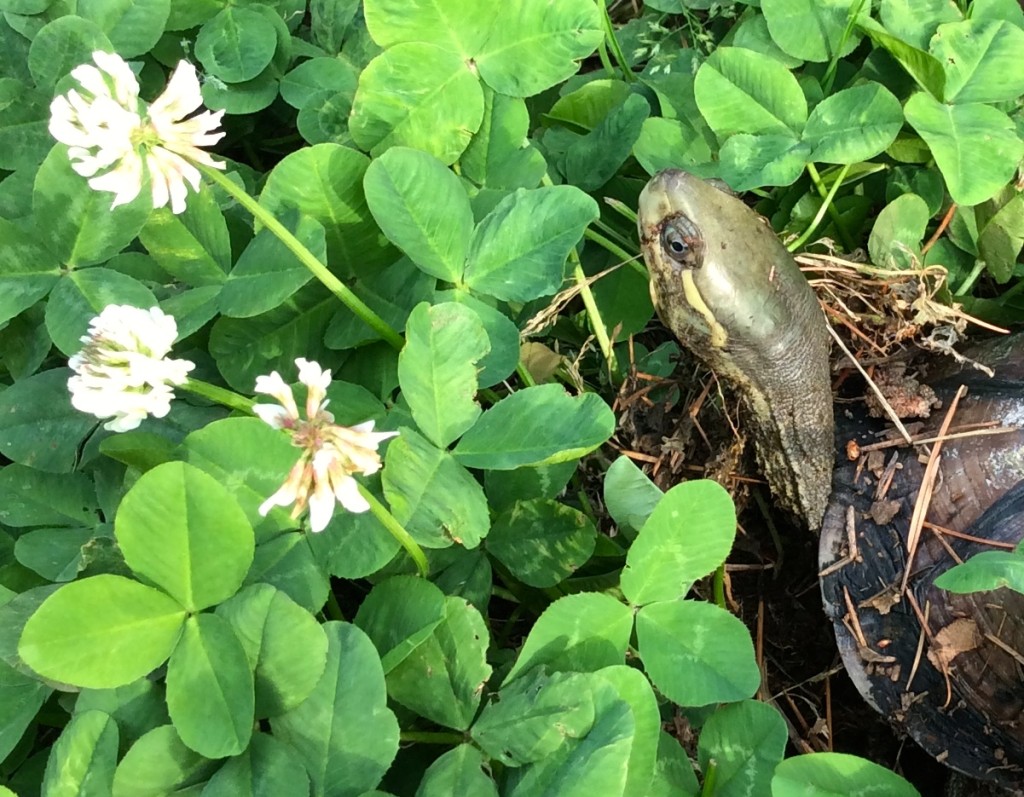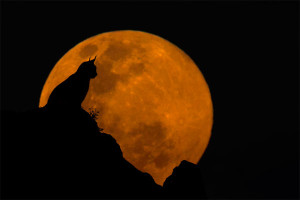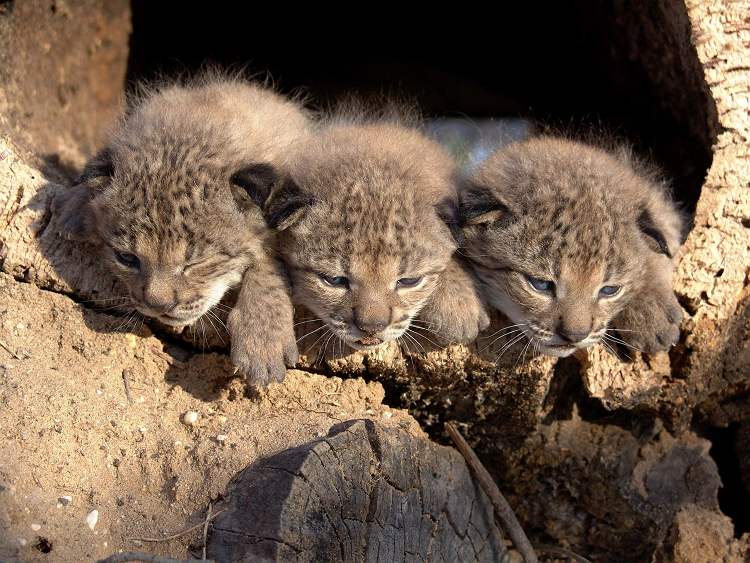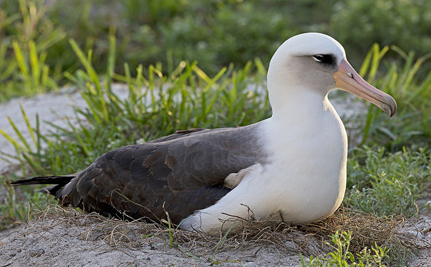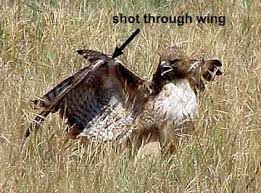If you have read “Princess Ramona, Beloved of Beasts,” then you know that this author has a soft spot for dragons… especially for dragons who realize that with great power comes great responsibility. In celebration of APPRECIATE A DRAGON DAY, January 16, here is a poem for our beloved endangered dragons:
Here Be Dragons
Do step lightly, brave explorers 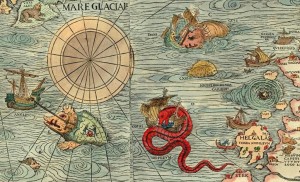
On Komodo, and on Flores
Here be dragons
Basking boldly on the pink sands
Of these Indonesian islands
Here be dragons
Do step quickly if he sees you 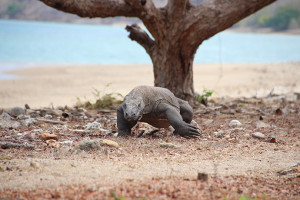
He will hunt you down and seize you
He’s a dragon
Forked tongue guides its destination
Gathering tasty information
Hunter dragon
Strange that such a massive creature 
From its enemies needs shelter
Threatened dragon
There’s a chance that this Komodo
Still might vanish like the Dodo
No more dragons
Brave knights armed with information 
Fight with heart and inspiration
Save the dragons!
Brave Knights of Science
Scientists are the brave knights of today’s world. They venture forth armed with research-backed information to try to save the last dragons of this earth. And the Komodo Dragons of Indonesia are, indeed, worth saving.
These giant reptiles can grow up to 10 feet or more (over 3 meters) and weigh over 360 pounds (163 kilos). True, they do not breathe fire or fly through the skies attacking cattle and villagers, but they are impressive hunters. They can run fast in short bursts up to 20 mph or 13 kilometers per hour. Komodo dragons knock the legs out from under their prey or rip straight into the belly. Their saliva carries a poison or toxin that has a blood-thinning effect on its victim causing the bite wound to continue to bleed. Although the intended prey may escape after being bitten, it usually dies sometime soon after the attack.
The long, deeply-forked tongue of the Komodo Dragon is very useful in tracking down the location of an escaped lunch. The Komodo flicks out its tongue and then draws it back into its mouth and brushes it along the roof of the mouth. If more scent molecules from the prey are detected with one side of the tongue, then the lizard will turn towards that side. It swings its head back and forth while it walks, all the while flicking its tongue in and out collecting scent information.
The Komodo Dragon, also known as the Monitor Lizard, is losing its space to live. It has to compete with humans for food in the wild; deer or other large animals. They will also eat things that have been dead for a while. They are not too picky.
Komodo Dragons mate and lay eggs, but interestingly enough, female Komodo Dragons are capable of fertilizing eggs inside their own bodies and laying those eggs without any help from a male. They may be capable of selecting the sex of the baby lizards as well. One female, Flora, who lived in Chester Zoo in England and had never been in contact with a male lizard, hatched out seven eggs, all of them male lizards.
Long live the resourceful Komodo Dragons!
How to Catch a Dragon…
For a fascinating story on Komodo dragon research check out this National Geographic article: http://ngm.nationalgeographic.com/2014/01/komodo-dragon/holland-text
 In the ocean lives a dragon
In the ocean lives a dragon



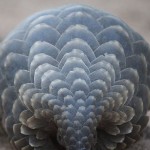
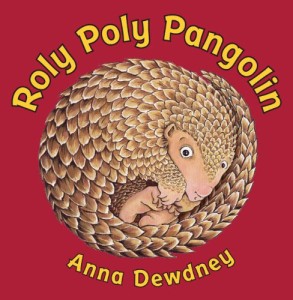 “Roly Poly, very small, doesn’t like new things at all.”
“Roly Poly, very small, doesn’t like new things at all.”
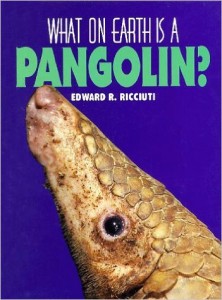 Would you know a quokka if you saw one? How about a tuatara or pangolin? These are not exactly household words, but they are a few of the many fascinating and curious creatures featured in the What on Earth series. Each volume fully explores the lifestyles and habitats of animals that few people even kno
Would you know a quokka if you saw one? How about a tuatara or pangolin? These are not exactly household words, but they are a few of the many fascinating and curious creatures featured in the What on Earth series. Each volume fully explores the lifestyles and habitats of animals that few people even kno
